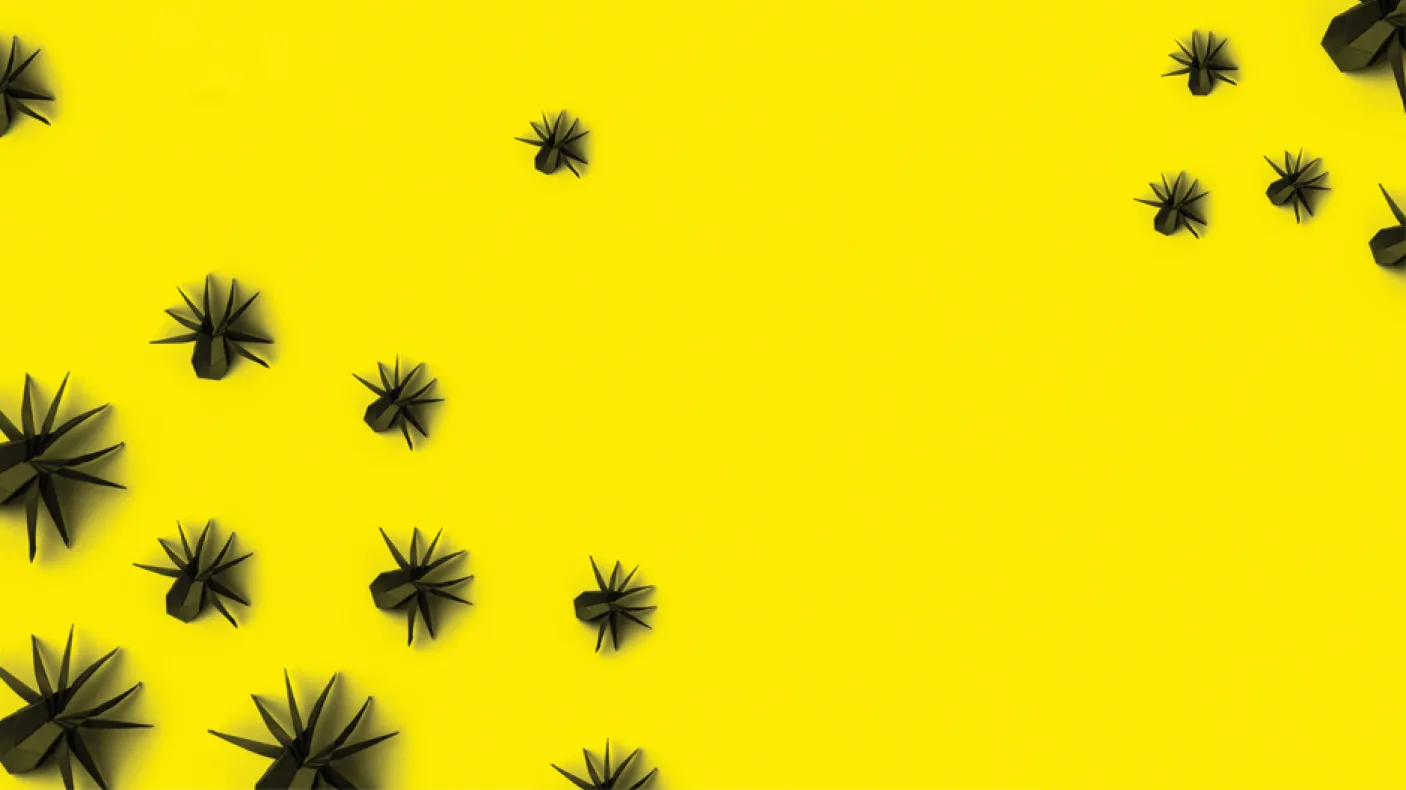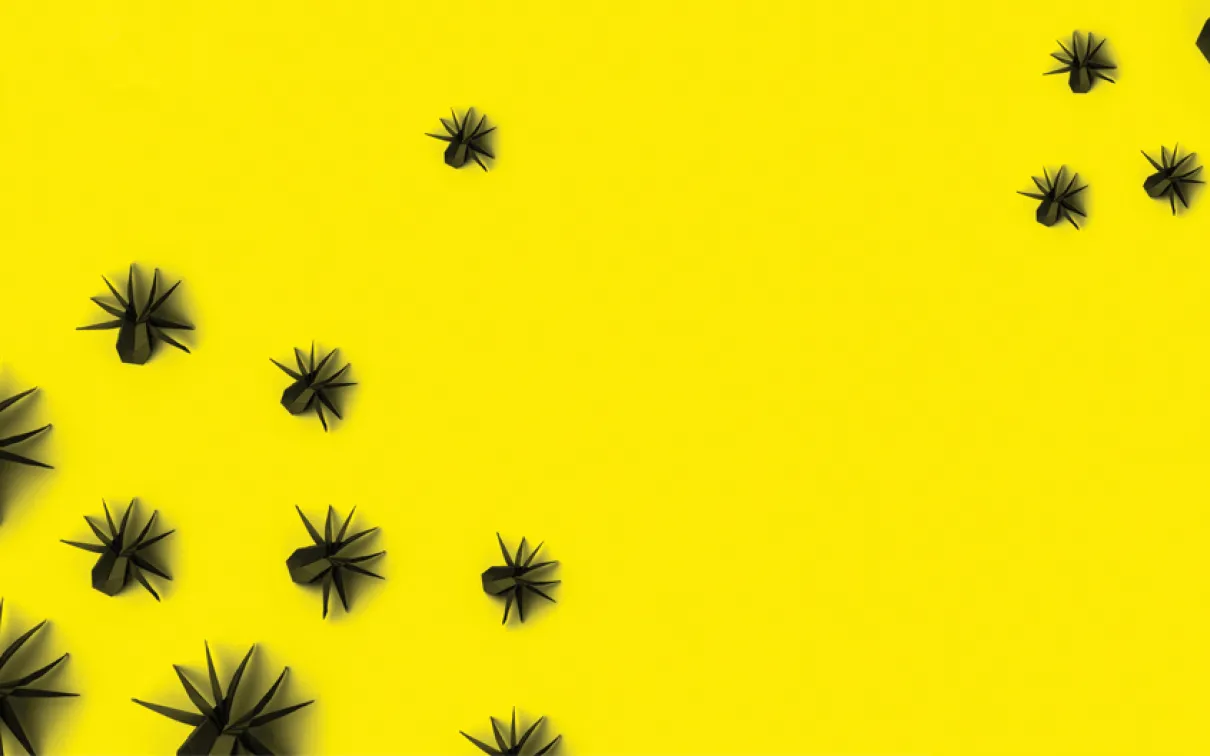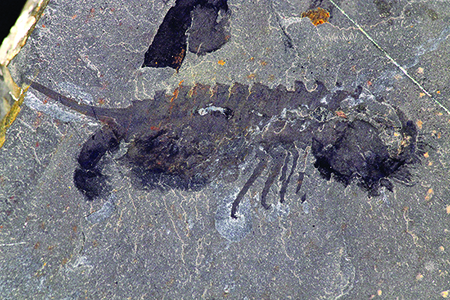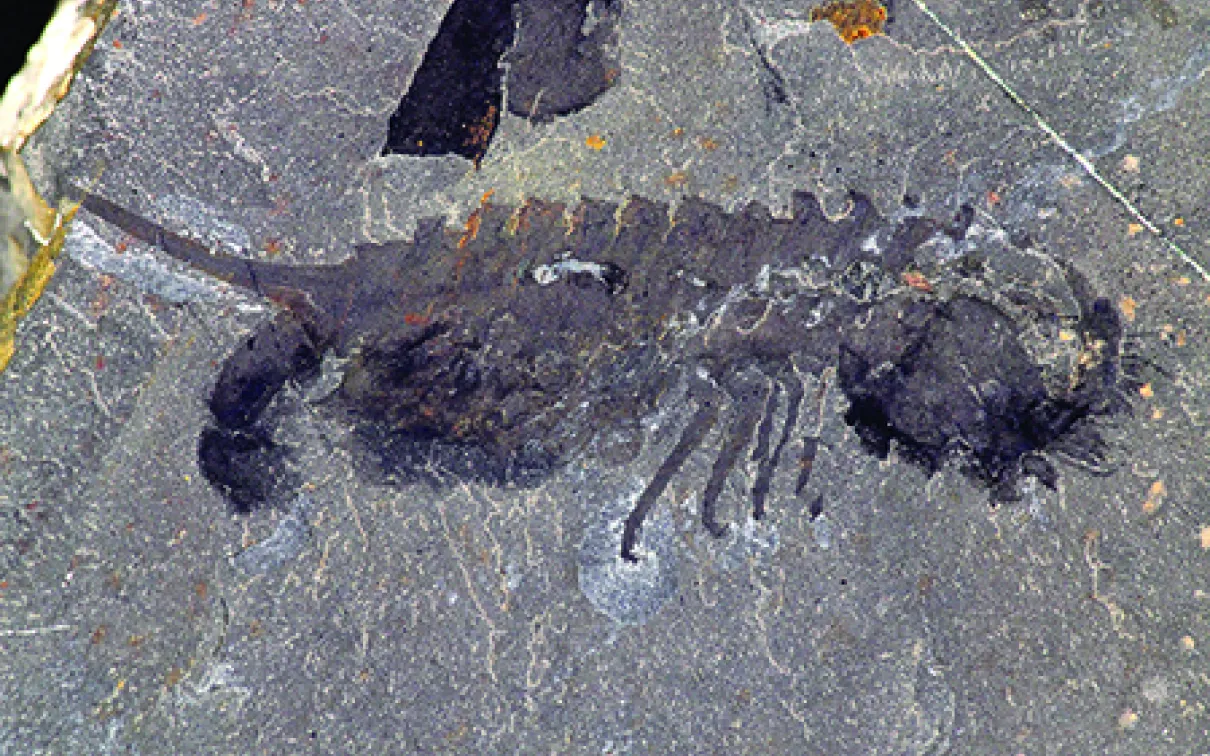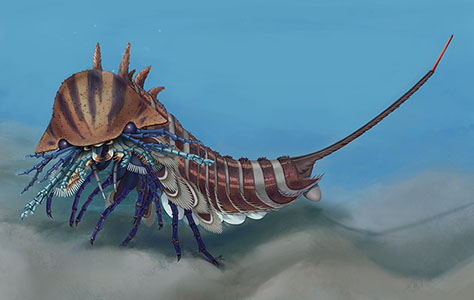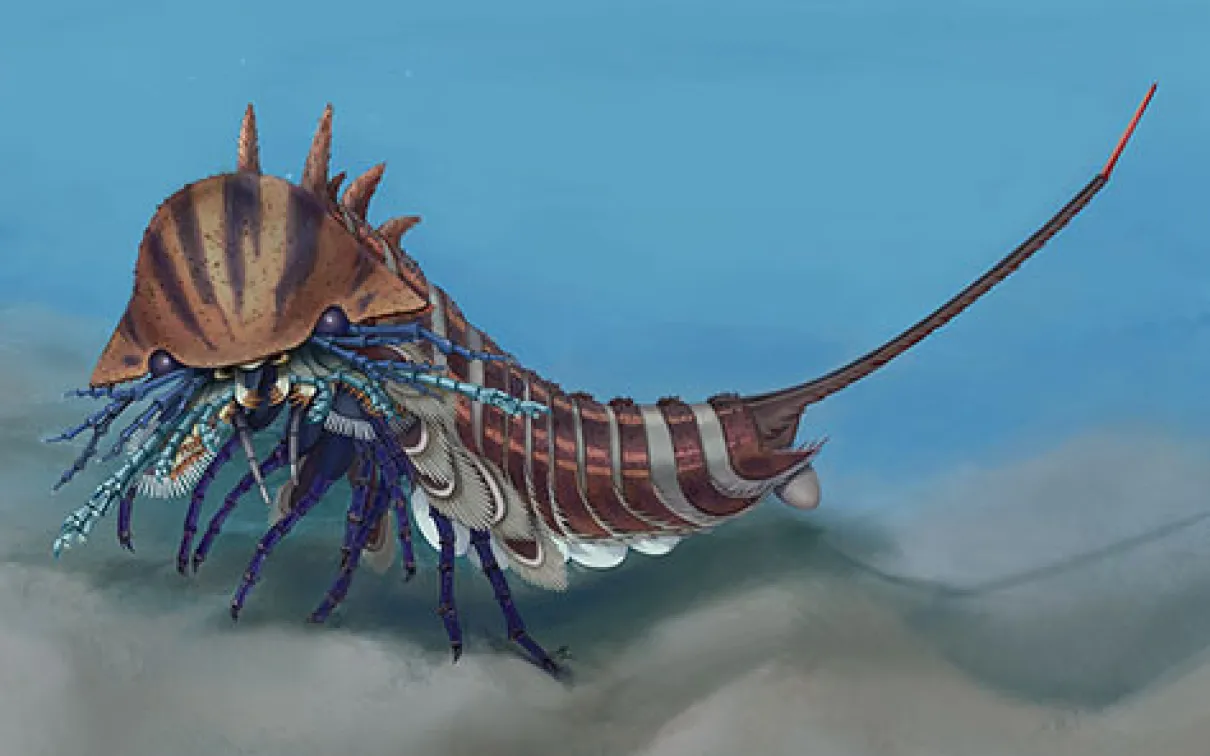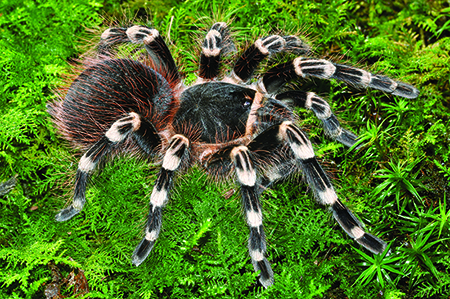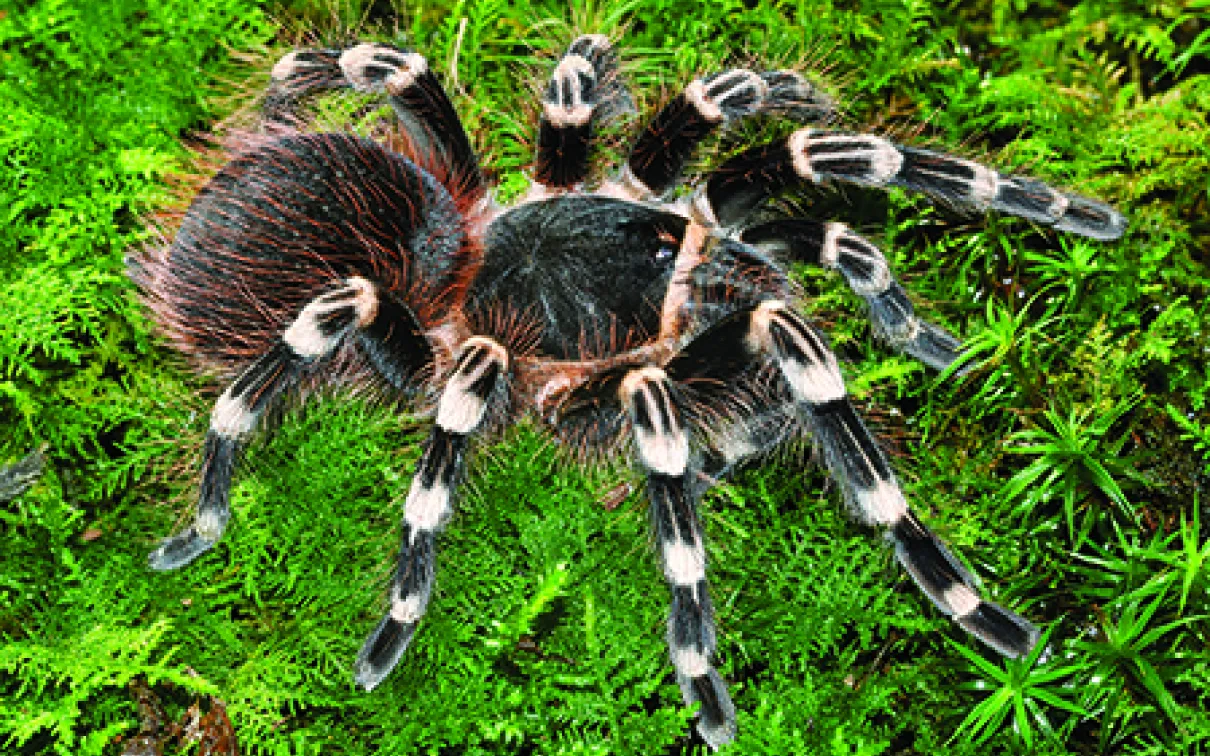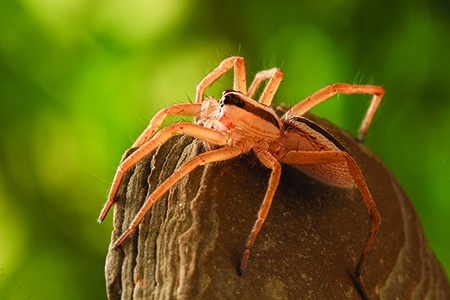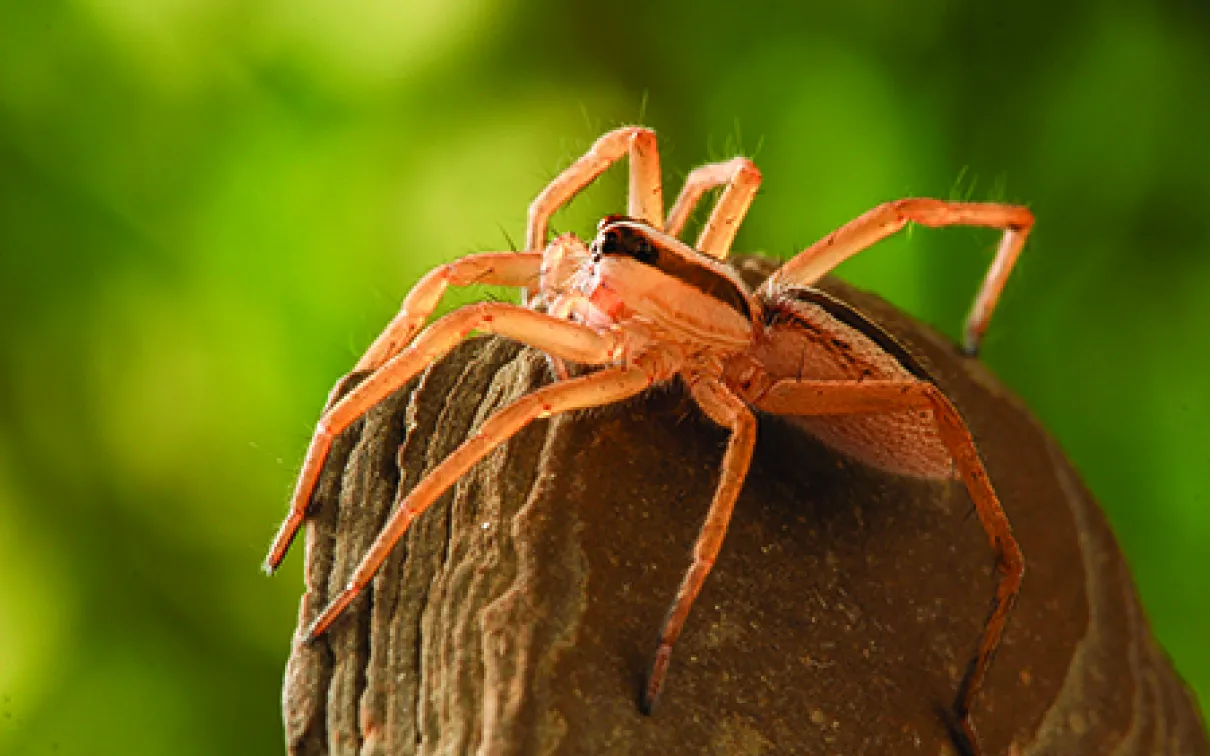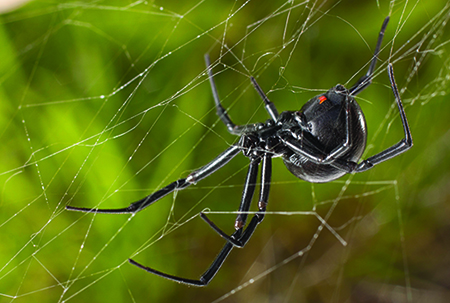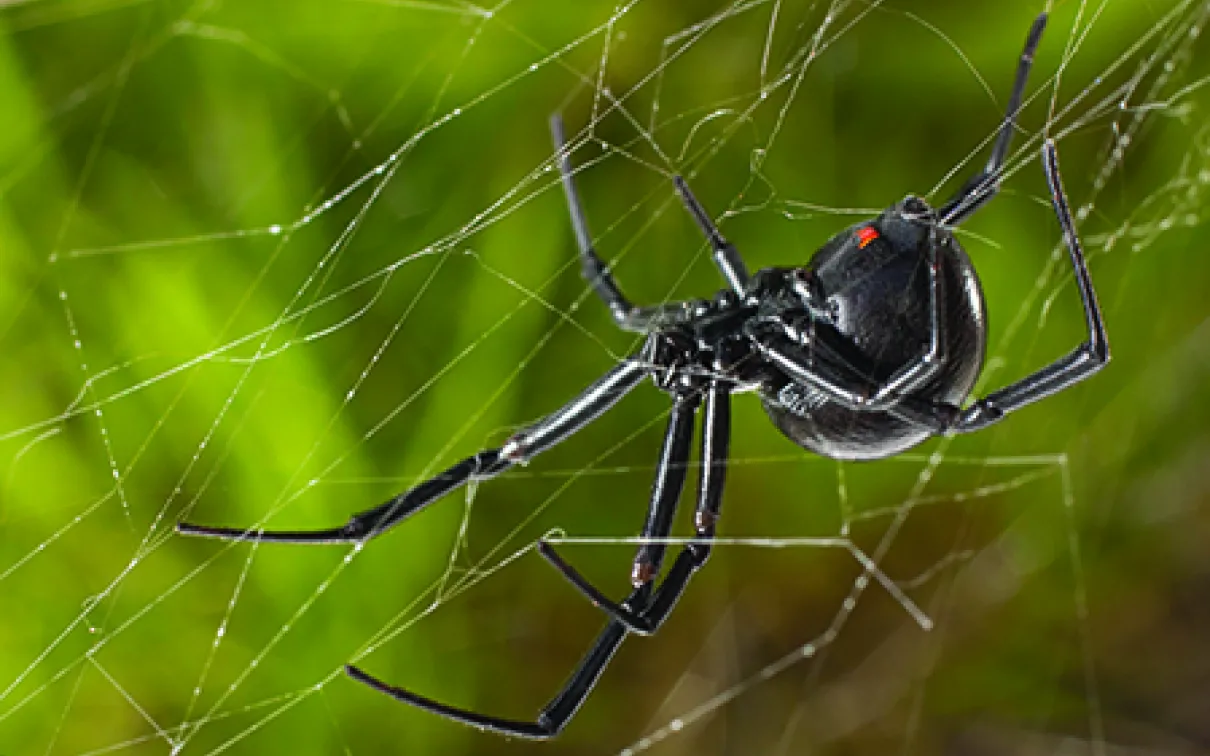Meet the web team
See spiders in a new light with Spiders: Fear & Fascination
Published
Category
Author
From spinning webs
From spinning webs, dancing, and swimming to even losing a limb and growing it back, spiders are one of the most fascinating animals on the planet. Older than dinosaurs, these creatures have been around for more than 300 million years. Spiders belong in the class Arachnida alongside scorpions, ticks, and mites. They are distantly related to insects, the difference being that they have eight legs, not six; two body segments instead of three; and no antennae or wings.
The oldest spider fossil ever found dates from the Carboniferous period (359.2 to 299 million years ago). Such fossils tend to be rare finds because spiders have soft body parts that don’t preserve easily. If we judge by the few fossils discovered, their basic anatomy hasn’t changed much in the last 150 million years. Such a long history has given them plenty of time to evolve different body forms and behaviours to suit many different environments today.
Gallery 1
Environment
Spiders can be found just about anywherein the world, apart from the poles. Most prefer humid, sheltered areas with lots of prey. While more than 100,000 species are thought to exist today, fewer than half that number are documented.
Accidental hitchhiking on ships and planes has become an unexpected travel technique for the modern spider. The redback spider has recently sailed to Japan from Australia, where it has been able to survive the harsh winters.
Spiders thrive where there is warmth and vegetation, such as the tropics, but in Canada, many species have adapted to the wash of intertidal zones along the coast, the cold of the mountaintops, and the dry arid lands. Some species are at home in human habitats such as houses, sheds, gardens, and even outside the windows of our tallest skyscrapers.
Gallery 2
Types
Spiders are broadly classified into three categories: burrowers, hunters, and weavers. Burrowers belong to an ancient group of spiders called mygalomorphs. They haven’t changed much over time. They are well adapted to a ground-dwelling lifestyle, with strong mouthparts used for digging, large fangs, stocky limbs for grabbing their prey, and long, flexible spinnerets for laying down layers of silk in and around their burrows.
Hunters are part of the group of spiders called araneomorphs. They’ve evolved to be well adapted to their hunting lifestyle, with features such as large eyes, spiny legs for gripping, and camouflaged colouring to keep them well hidden. They are agile and use a silk dragline for safety as they move.
Weavers, like hunters, are part of the araneomorphs. They have evolved different kinds of silk to make webs that snag their prey. Features such as long legs and special hairs on their feet help them move around, and camouflage or hard spiky bodies help keep them safe.
Spiders Fear & Fascination
Spiders Fear & Fascination is developed by the Australian Museum and toured by Flying Fish.
Special thanks to the members of the Royal Exhibitions Circle for their support.
